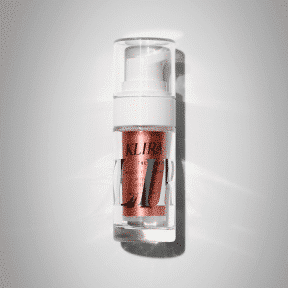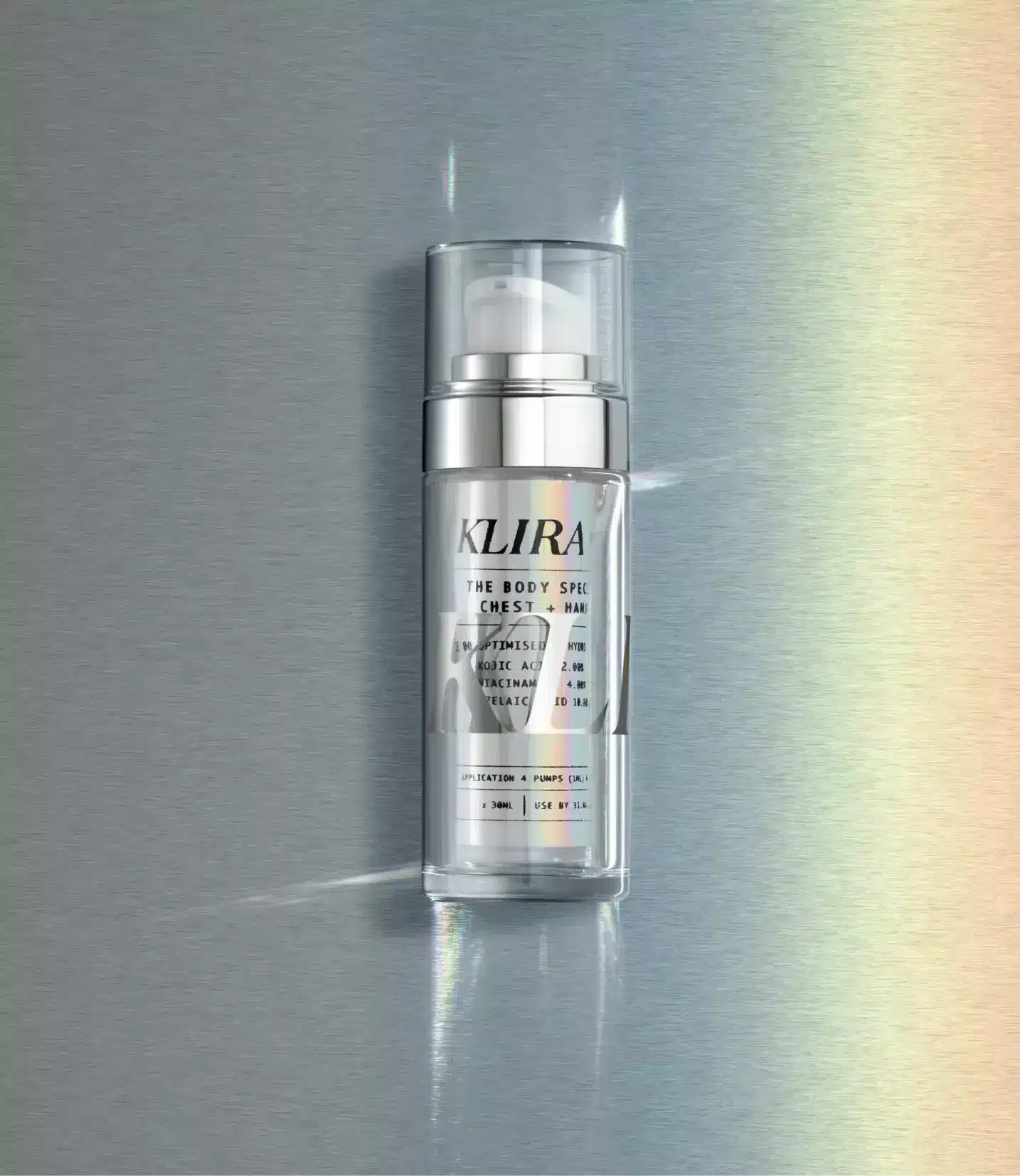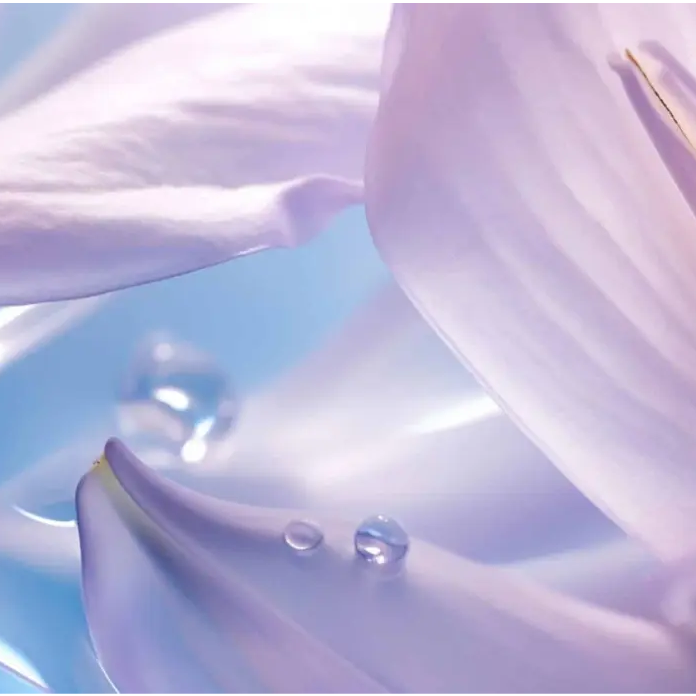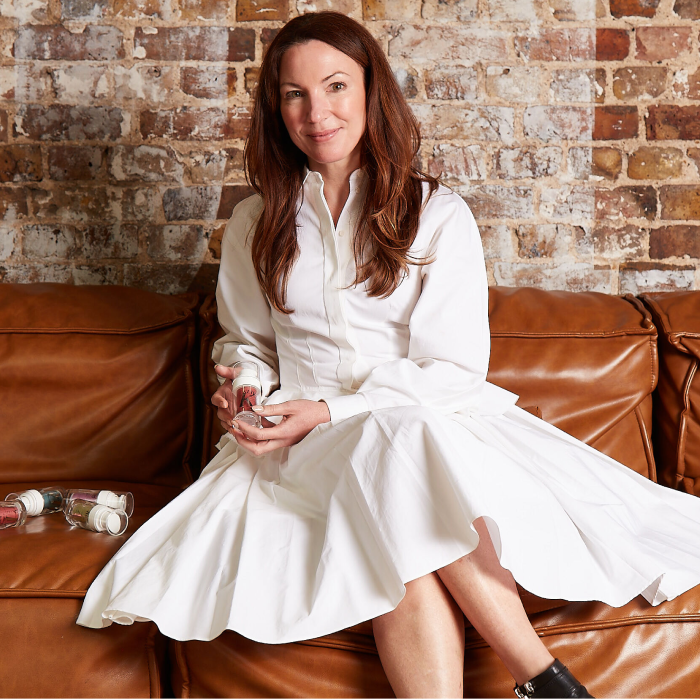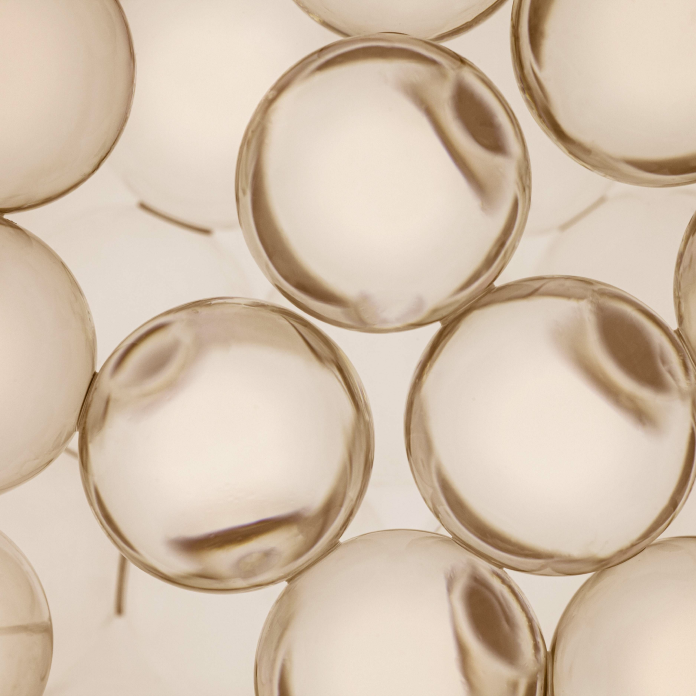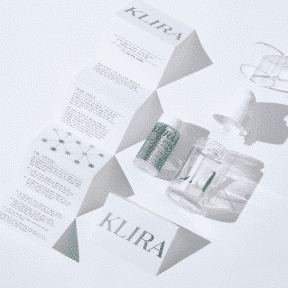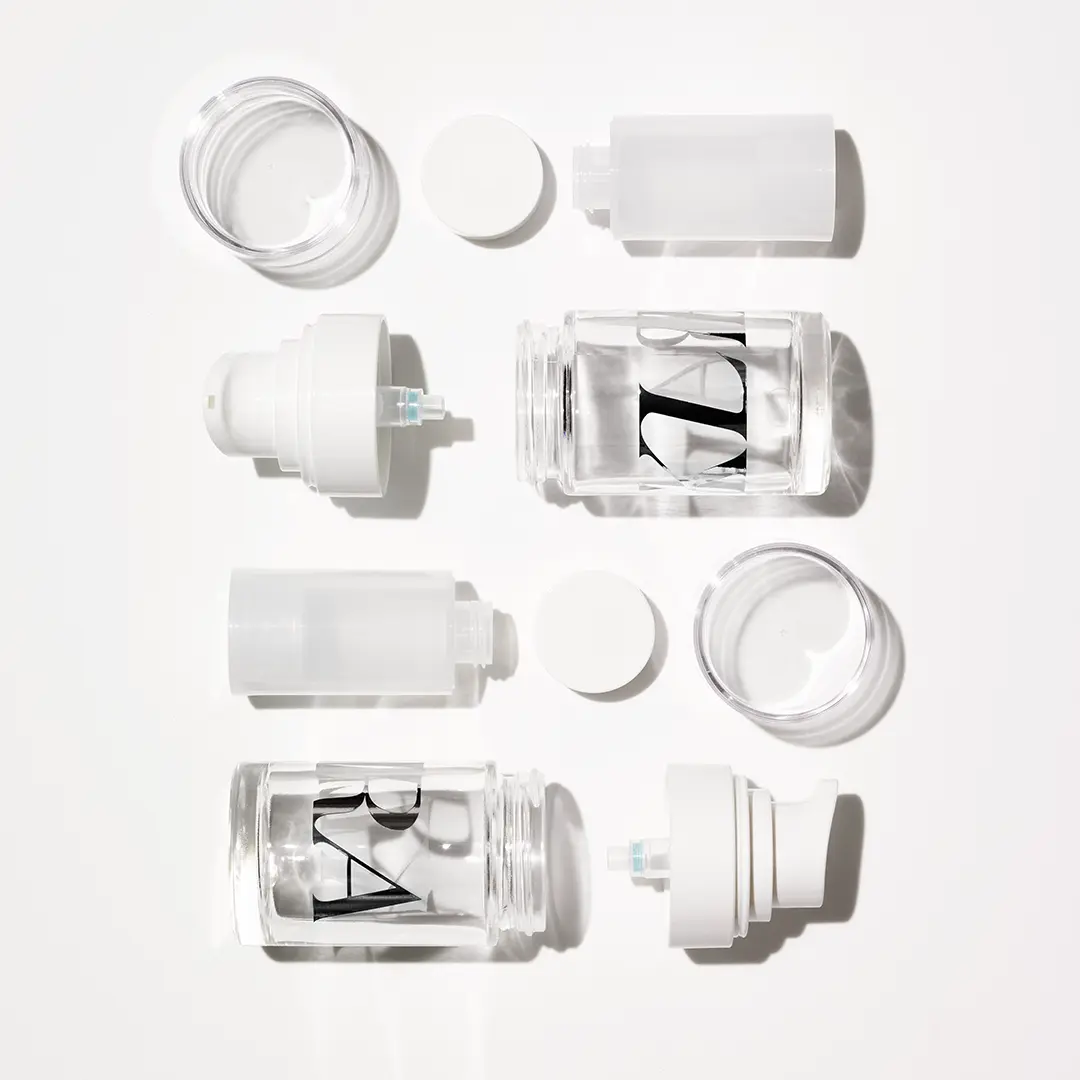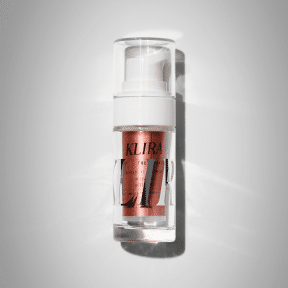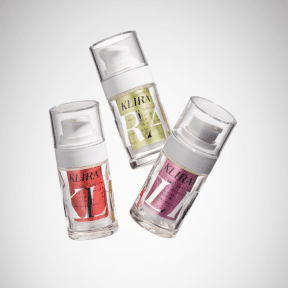Winter can be a challenging season for skincare, especially if you’re using topical retinoids. But here’s the key takeaway: consistency is non-negotiable. Retinoids are proven to reduce wrinkles, reverse photo damage, treat acne, and rejuvenate your skin—but only when used daily. Stopping and starting disrupts these benefits, so sticking to your routine is crucial.
Why Consistency Matters
The science behind retinoids is clear: their transformative effects come from consistent use. Studies that showcase their benefits are based on daily application. When you use retinoids consistently, you’re allowing your skin to adjust and fully reap the rewards. While winter might tempt you to pause, doing so could set back your progress.
That said, winter can be hard on your skin. Cold air, low humidity, central heating, and even friction from scarves or coats can compromise your skin barrier, leading to irritation. The solution isn’t to stop but to adjust your routine to protect and support your skin.
Adjusting Your Retinoid Routine in Winter
Keep Applying Your Retinoid Every Day
The golden rule? Don’t skip your retinoid. If you notice irritation—commonly around the nose, chin, or cheeks—it’s fine to temporarily avoid those areas while they recover. But continue applying it to the rest of your face. Some dryness or redness is normal and signals that your retinoid is working. It’s stimulating your skin to renew and behave more youthfully. Embrace these minor discomforts as part of the process.
Support Your Skin Barrier
A strong skin barrier is essential for tolerating retinoids in winter. Here’s how to build a supportive routine:
/01 Choose a Gentle Cleanser
Opt for a hydrating, non-stripping cleanser to avoid exacerbating dryness. Some excellent options include:
- Cetaphil Gentle Cleanser
- SVR Topialyse Oil Cleanser
- Hada Labo Oil Cleanser
/02 Use Moisturiser Strategically
To counter dryness, apply moisturiser either before or after your retinoid:
- Before: If your skin feels extra dry, use a moisturiser as a buffer before applying the retinoid.
- After: Apply a generous layer of moisturiser at night after your retinoid.
Recommended moisturisers:
- La Roche-Posay Lipikar Baume AP+M
- CeraVe Moisturizing Cream
- Aveeno Dermexa
For sensitive skin, try:
- La Roche-Posay Toleriane Cream
- Cicaplast Baume AP+M
/03 Reapply Moisturiser During the Day
Harsh winter conditions can dehydrate your skin. Don’t hesitate to reapply a thick layer of moisturiser during the day, especially if you’re spending time outdoors in cold wind or snow. Protect your skin with a scarf as well.
Simplify the Rest of Your Routine
Winter is not the time to overwhelm your skin with active ingredients. Stick to a simple routine:
- Gentle cleanser
- Retinoid
- Rich, soothing moisturiser
Avoid exfoliants or strong acids that could further irritate your skin. A streamlined routine helps your skin better tolerate the retinoid.
Managing Irritation
Even with the best routine, occasional irritation can happen. Here’s how to manage it:
- Skip Irritated Areas: If certain spots are red or peeling, avoid applying the retinoid there until they settle. Continue using it on the rest of your face.
- Scale Back Temporarily: If irritation feels excessive, reduce your retinoid application to every other day. Resume daily use as soon as your skin adjusts.
- Embrace the Process: Minor redness or peeling is a sign the retinoid is working. While severe irritation isn’t ideal, these signs indicate your skin is renewing and improving.
Long-Term Benefits
Retinoids are a long-term investment in your skin. While winter may be challenging, the benefits compound over time. By staying consistent now, you’ll set yourself up for healthier skin when spring arrives. Remember:
- Use a gentle cleanser.
- Support your skin barrier with a rich moisturiser.
- Adjust application as needed but stay consistent.
Your future self will thank you for sticking with your routine. Winter may test your commitment, but with the right adjustments, you can keep your skin on track.
Stay consistent, stay moisturised, and keep going strong. You’ve got this!
Our Dermatology Team will review your SkinSize™ Analysis, medical information, and photos to decide which ingredients you will receive in your bespoke formula.
Emma Craythorne is a Consultant Dermatologist, Trustee for the Cosmetic Practice Standards Authority and ex-President of the British Cosmetic Dermatology Group. Dr Emma is well known for her TV series – The Bad Skin Clinic – her renowned private practice, and NHS work.
- Dr Emma Craythornehttps://klira.skin/author/sherman-gallie/
- Dr Emma Craythornehttps://klira.skin/author/sherman-gallie/
- Dr Emma Craythornehttps://klira.skin/author/sherman-gallie/
- Dr Emma Craythornehttps://klira.skin/author/sherman-gallie/

